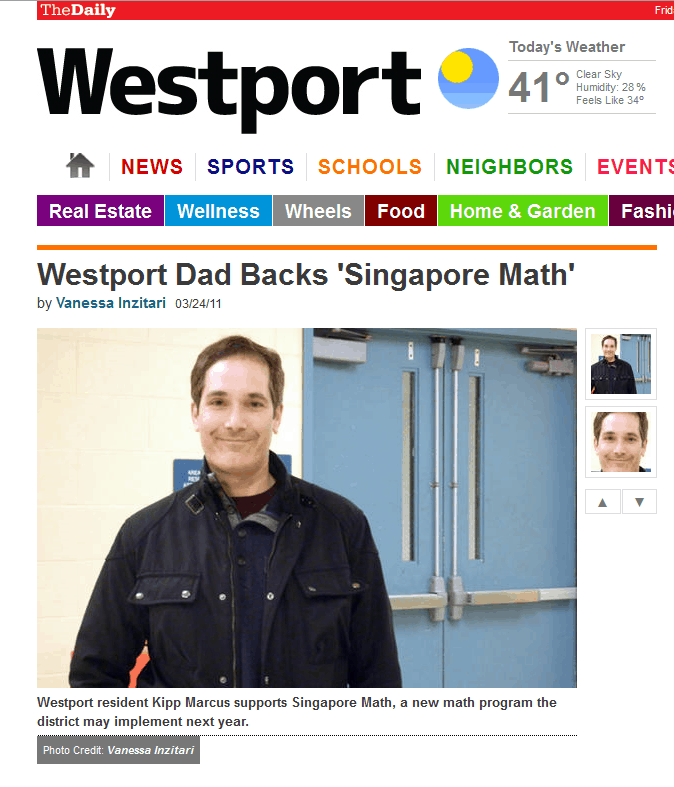Fayette, Kentucky schools were in the news this week:
More Fayette schools sign up for Singapore math program
By Jim Warren
Lexington Herald-Leader Online
More Fayette County schools want to join the district’s demanding new Singapore math program, the county Board of Education was told Monday night.
And WLKY.com and the Associated Press adds:
More Singapore Math Classes Likely In Lexington
The county’s elementary math content specialist told the Fayette County Board of Education on Monday that up to eight more schools want to start using the program in the fall, the Lexington Herald-Leader reported. Nine elementary schools in Fayette County began using the program in 2009 and a dozen more joined this school year.





































